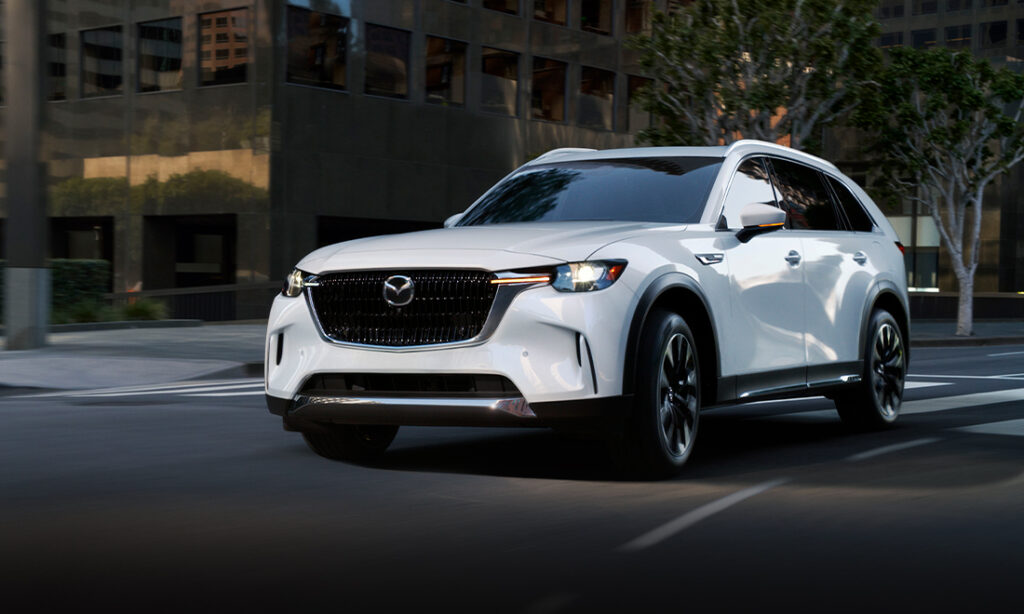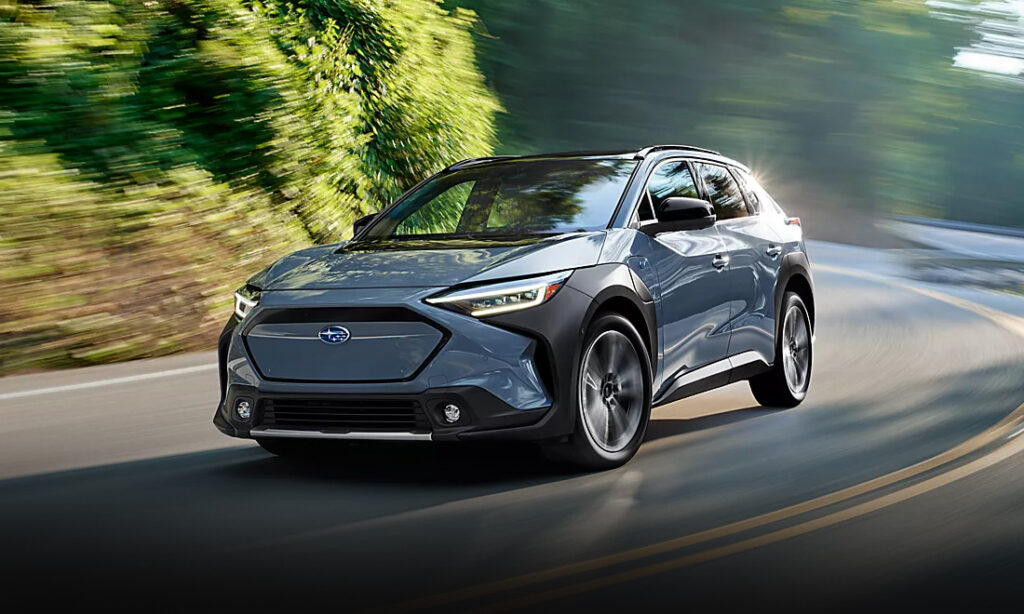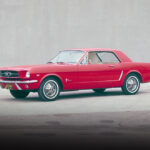Classic Comparison: Porsche 356 vs C1 Chevrolet Corvette
Two vastly different cars, the Porsche 356 and Chevrolet Corvette, are two of the greatest classic sports cars of the 1950s.
‘50s Sports Car Legends
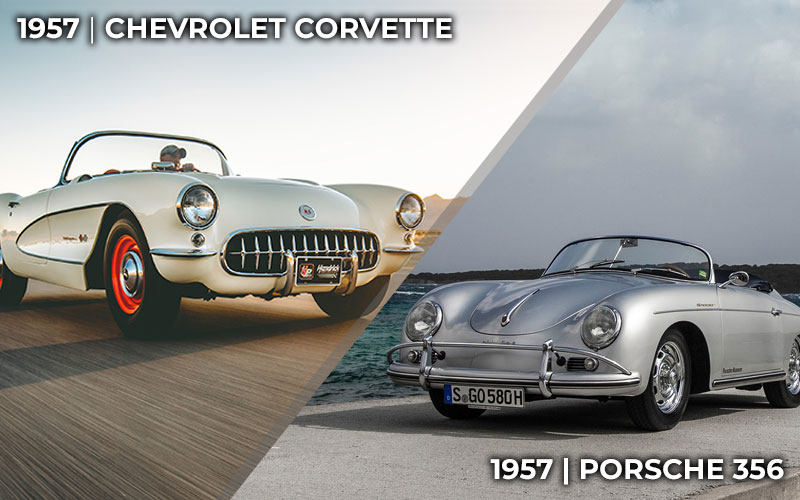
Sports cars really came into their own in the 1960s, with cars like the Miura, Mustang, and 911 shattering expectations and creating new ones in their place. But the stage for ‘60s revolution was set a decade prior in the 1950s. The Mercedes-Benz 300 SL, Porsche 356, and Chevrolet Corvette set new benchmarks for style, power, and performance.
The latter two cars offer a fruitful comparison between the differing approaches to the “modern” sports car of the 1950s. The Porsche 356 took the simple formula of the Volkswagen Beetle and turned it into a sports car. The Chevrolet Corvette took a circuitous path to performance, first looking the part before finally getting the V8 it always needed. Below we sketch the background of both these cars and determine which was the best sports car of the 1950s.
Porsche 356

The Porsche 356 was the company’s first major project coming out of WWII. With their Stuttgart factory occupied by Allied forces (in use as a truck depot), “Ferry” Porsche set up shop across the border in Gmünd, Austria. After contracting work for the Cistalian race team in 1946, Ferry was inspired to build a nimble, lightweight sporting car for the road, the 356.
The new car would use the basic Volkswagen Beetle formula (created by Ferdinand Porsche Sr.): a rear-wheel drive car featuring an air-cooled, rear mounted, boxer engine. The initial 50 Porsche 356 were built in Austria and unique from later 356s for their aluminum bodies and mid-mounted engine positions. When Porsche was able to move back to Stuttgart, Germany in 1950, they shifted to steel bodies, moved the engine rearward, and introduced larger 1.2L and 1.3L engines.
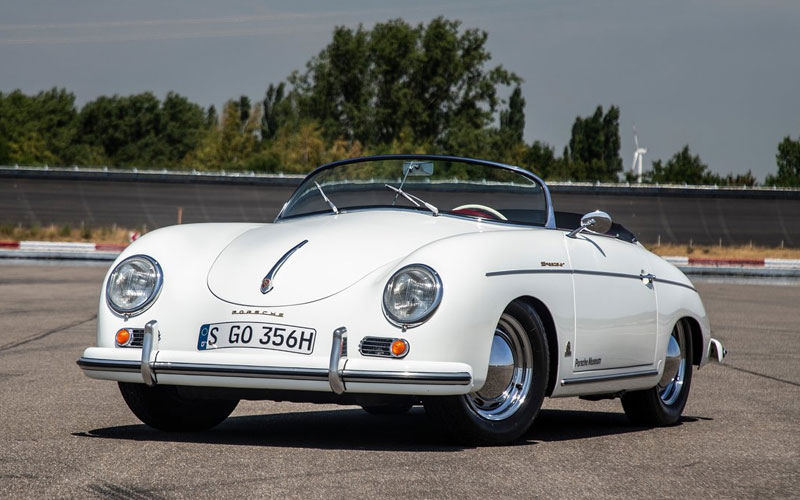
The Porsche 356 was a surprise hit. Though Porsche had planned the 356 as a limited production vehicle, requests poured in and over 7,600 units were sold in the car’s first five years. The car evolved steadily over the next decade. The 356 Speedster was introduced in 1954 with a single windshield pane (rather than the 356’s signature split pane) and a lighter curb weight. The 356 A added new 1.3L and 1.5L engines. Disc brakes and larger 1.6L and 2.0L engines followed in the early 1960s. The Porsche 356 ended its run in 1965 with 76,313 cars built across 17 years of production. The 356 was succeeded by the new Porsche 901/911.
C1 Corvette
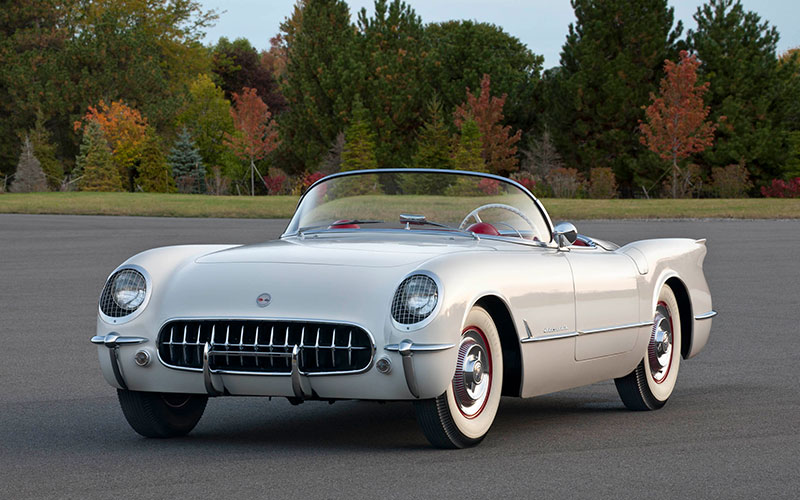
In the early 1950s, large, sturdy cars dominated America’s roadways. Even the coupes and convertibles of the time were hulking compared to the slight and lithe European sports cars like the Jaguar XK120 and Porsche 356. Harley Earl, GM’s design chief, saw an opportunity to build an American two-seat roadster in the same vein.
The new Chevrolet Corvette prototype debuted at GM’s Motorama in New York City in 1953. The Corvette was curvaceous and characterful, taking what it needed from those European roadsters and injecting a good dose of modern American style. The body of the car was fashioned from fiberglass rather than steel, both saving weight and reducing production time.
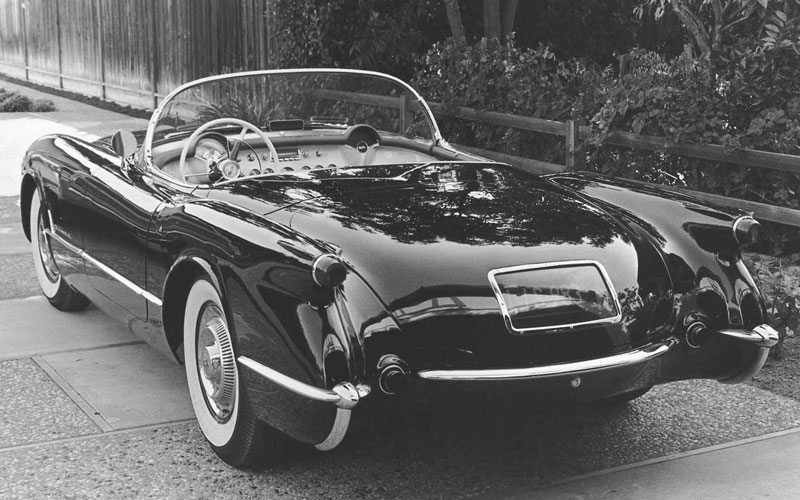
As fast as the new Corvette looked, it was lacking in the hardware necessary to make it a true performance car. The “Blue Flame” straight-six made just 150 horsepower and was paired, awkwardly, to a two-speed Powerglide automatic transmission. The new fiberglass bodies suffered from poor fitment, with owners complaining of leaks. The target price of $2,000 was vastly overshot, hitting over $3,500.
With few changes for the 1954 model year, the Corvette’s survival was in doubt. Engineer Zora Arkus-Duntov argued a V8 would expand the appeal of the Corvette. The upcoming debut of the Thunderbird, Ford’s “personal car of distinction” equipped with a proper V8 under the hood, finally convinced GM to give the Corvette more cylinders.
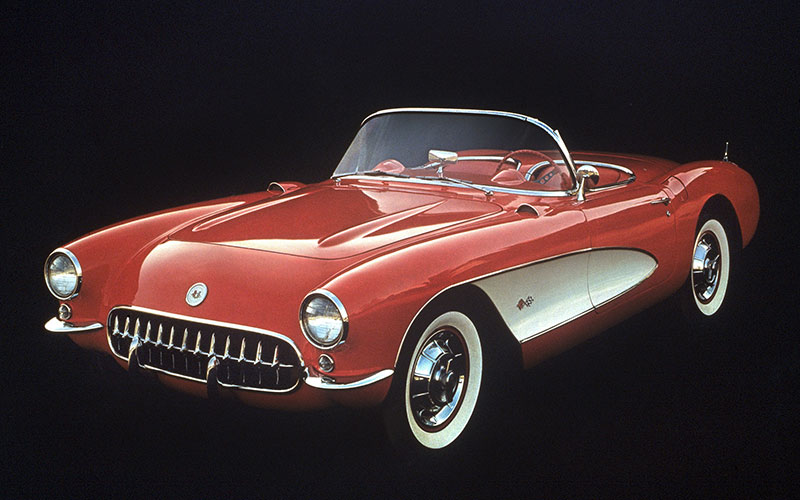
For 1955, the Corvette received a new 265 cu.-in. small-black V8 and a three-speed manual transmission to go with it. The six-cylinder was dropped the following year, and a new larger 283 cu.-in. V8 was introduced in 1957. The 283 was the first engine to match displacement to output at 283 horsepower. Of equal importance was the introduction of fuel-injection, which was only used in one other production car at the time, the Mercedes-Benz 300 SL.
A 1958 redesign gave the Corvette updated styling, including new quad headlights. The engines grew over time. The final 1962 production year saw the Corvette graced with a 327 V8 with new hydraulic lifters capable of a thundering 360 horsepower. Despite the rough beginning, the C1 Corvette had evolved into a serious performance car.
Hot Collector Cars
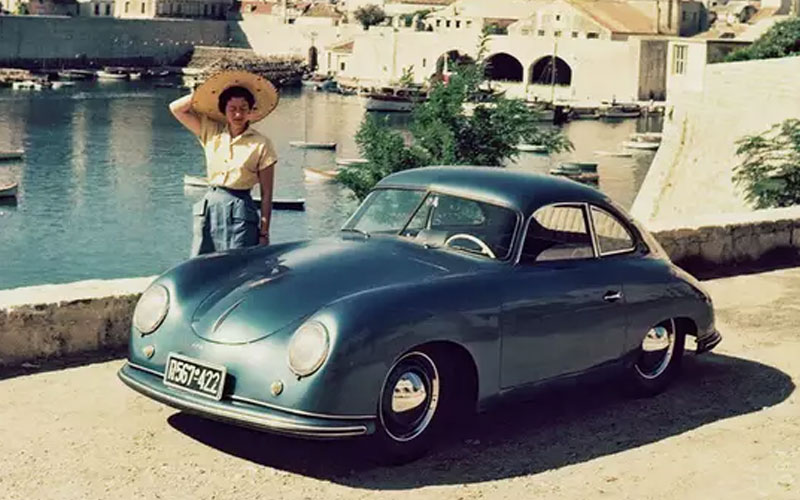
Thanks to their illustrious histories and classic good looks, the C1 Chevrolet Corvette and Porsche 356 have become extremely collectable today. Both hover around the $100,000 range. A Corvette in good condition can still be got for between $85,000 and $95,000. The Porsche 356 carries a greater premium, where rough examples are closer to that $100,000 mark and good, sorted examples going for upwards of $150,000. Especially rare versions of the 356 can cross the $200,000 mark.
The 356 and the C1 Corvette could handle well, and both cars proved themselves on the racetrack throughout the 1950s and early 1960s. And yet the age-old dichotomy of powerful American cars versus lightweight European cars still applies. The heavier Corvette, tipping the scales at over 3,000 lbs. by 1962, needed a V8’s power to get the most out of the car. The bantam 356 made the most of its four-cylinder boxer by keeping its weight under 2,300 lbs., biasing that weight to the back of the car, and relying on a well-tuned suspension.

Likewise, the design of the cars are polar opposites. Where the Corvette is classically American in its swooping lines and sparkling chrome, the Porsche 356 is squat and subtle. Both are charming cars and enduring classics. Which is the superior sports car of the 1950s? We will have to leave you to judge.



